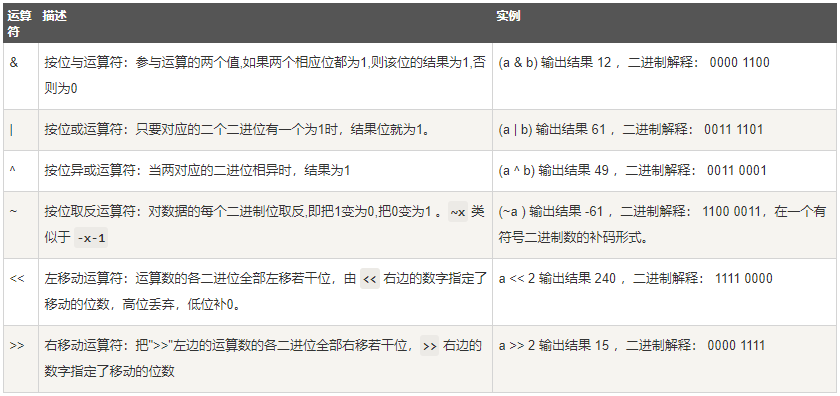一.概述
高阶函数,就是一个函数可以接收另一个函数作为参数的函数,scala与之类似。
二.导入基础包
import random from functools import reduce
三.自定义高阶函数
#定义普通函数,自动生成列表 def getList(): hList = list(range(5)) return [key * random.randint(0,3) for key in hList] #生成随机数 #定义普通函数,求不同列表中最大并集 def getMaxSet(listA,listB): setA = set(listA) #转为set setB = set(listB) setAll = setA | setB #求并集 return list(setAll)#转为list #定义高阶函数 def highFunction(listA,listB,getMaxSet): return getMaxSet(listA,listB)
四.自定义高阶函数应用
# 获取两个集合 listA = getList() print("集合A:{}".format(listA)) listB = getList() print("集合B:{}".format(listB)) # 获取两个集合的并集 listC = getMaxSet(listA, listB) print("集合A和集合B的并集:{}".format(listC)) #调用高阶函数 values = highFunction(listA,listB,getMaxSet) print("调用高阶函数获取集合A和集合B的并集:{}".format(values))
五.自定义高阶函数执行结果

六.map实战及执行结果
#map(f,Iterable):f;要执行的操作,Iterable:可循环 def mapF(arg): return len(arg) # 调用内置高阶函数map,获取每个字符串的长度 test = ['python', 'tensorflow', 'keris', 'tensorboard', 'tensorflow', 'tensorflow', 'keris'] maps = list(map(mapF, test)) print("各个字符串的长度为:{}".format(maps))

七.reduce实战及执行结果
#reduce(f,Iterable):f;要执行的操作,Iterable:可循环 def reduceF(arg1,arg2): return arg1 + arg2 # 调用内置高阶函数reduce,计算所有字符串的长度之和 reduces = reduce(reduceF, maps) print("字符串的总长度为:{}".format(reduces))

八.and运算符和strip()测试
# 测试and运算符和strip()去除字符串空格算子 a = " a" and " a".strip() b = "b " and "b ".strip() c = " c " and " c ".strip() print("测试and运算符和strip()去除字符串空格算子:a:{},b:{},c:{}".format(a,b,c))

九.filter()过滤器
# filter(f,Iterable):filter() 函数用于过滤序列,过滤掉不符合条件的元素,返回由符合条件元素组成的新列表。 #该接收两个参数,第一个为函数,第二个为序列,序列的每个元素作为参数传递给函数进行判,然后返回 True 或 False, #最后将返回 True 的元素放到新列表中。 # 过滤为空的字符串,不修改满足条件的数据 def del_empty(s): return s and s.strip() #strip()用于移除字符串头尾指定的字符(默认为空格或换行符) filterList = list(filter(del_empty, [" a", "", "b ", None, "v", " "])) print(filterList)

十.sorted排序
#基础sort() print(sorted([36, 5, -12, 9, -21])) #数字型按大小 print(sorted(["36", "5", "-12", "9", "-21"])) #字符串按ASCII码 #进阶 print(sorted([36, 5, -12, 9, -21], key=abs))#先取绝对值,再排序(不影响原数据) print(sorted(['bob', 'about', 'Zoo', 'Credit'], key=str.lower, reverse=True)) #先转成小写,按转置排序(不影响原数据)

十一.运算符
1.位运算符

2.逻辑运算符

3.成员运算符

4.身份运算符

这些运算符与其它编程语言中的用法是相似的,这里不再举例!